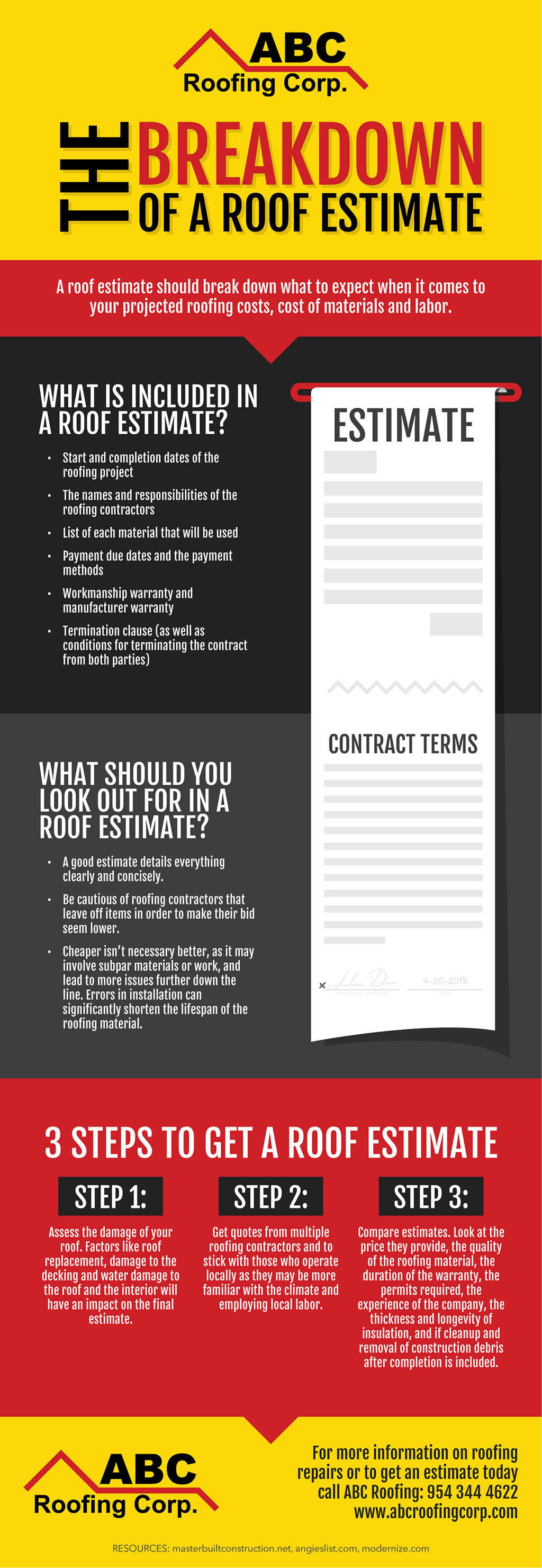Analyzing Different Solar Panel Types: Which Option Is The Majority Of Proper For Your Home?
Analyzing Different Solar Panel Types: Which Option Is The Majority Of Proper For Your Home?
Blog Article
Short Article Writer-Albrektsen Nygaard
When it concerns choosing the best solar panels for your home, the choices can be frustrating. Each type uses unique advantages and compromises, making it essential to determine which variables align best with your goals. Whether solar energy company gets on performance, cost-effectiveness, or aesthetic appeals, there's a photovoltaic panel kind that can cater to your demands. So, before you choose, think about the critical aspects that will certainly affect your solar energy system's performance and suitability for your home.
Monocrystalline Solar Panels
When considering solar panels, you may discover monocrystalline solar panels. These panels are understood for their high performance rates due to their construction from a single constant crystal framework. This layout allows monocrystalline panels to carry out far better in low light conditions compared to various other types of solar panels. In addition, their smooth black look makes them a preferred choice for property setups, blending in seamlessly with the majority of roofs.
One key advantage of monocrystalline photovoltaic panels is their room effectiveness. They need much less area to produce the same amount of power as various other solar panel types, making them suitable for homes with limited roof covering room.
While monocrystalline panels often tend to be extra costly ahead of time, their long-term sturdiness and efficiency usually make them a cost-efficient investment in the world of solar power. If you focus on efficiency and appearances in your photovoltaic panel choice, monocrystalline panels could be the ideal selection for your home.
Polycrystalline Solar Panels
Polycrystalline solar panels, likewise referred to as multicrystalline photovoltaic panels, supply an alternative choice to monocrystalline panels. These panels are made from silicon crystals that are thawed with each other, producing a less consistent look compared to monocrystalline panels.
Among the crucial advantages of polycrystalline panels is their reduced production price, making them an extra budget-friendly alternative for property owners aiming to invest in solar energy.
While visit the up coming document might have a somewhat lower efficiency price compared to monocrystalline panels, they still use a trustworthy and economical way to generate solar power for your home. These panels execute well in high temperatures and are a durable choice for a range of environments.
If you have a larger roof covering area and are seeking to maximize your energy production without breaking the financial institution, polycrystalline panels could be the best selection for you.
When taking into consideration photovoltaic panel alternatives for your home, it's vital to consider the cost-effectiveness and performance of polycrystalline panels versus your power demands and budget plan constraints.
Thin-Film Solar Panels
Moving on to Thin-Film Solar Panels, these panels supply an one-of-a-kind option to standard silicon-based alternatives like polycrystalline panels. Thin-film panels are light-weight and flexible, making them much easier to set up on different surface areas like curved rooftops or wall surfaces. They're additionally a lot more visually pleasing, assimilating perfectly with the style of your home.
Nonetheless, it's necessary to keep in mind that thin-film panels commonly have reduced performance prices contrasted to crystalline silicon panels. This suggests you might require even more space to create the exact same amount of electrical energy.
On the bright side, thin-film panels perform far better in low-light problems and have a lower temperature coefficient, indicating they can produce even more energy on hot days. If you have ample area and are seeking a versatile and aesthetically enticing photovoltaic panel choice, thin-film panels could be a terrific selection for your home.
Verdict
In conclusion, when deciding on the very best photovoltaic panel type for your home, consider your power needs, budget, and room constraints. Monocrystalline panels supply high performance in limited space, while polycrystalline panels offer an economical alternative with dependable performance. Thin-film panels provide versatility and aesthetic allure but may have lower effectiveness prices. By considering these factors, you can select the photovoltaic panel kind that ideal fits your particular demands.
